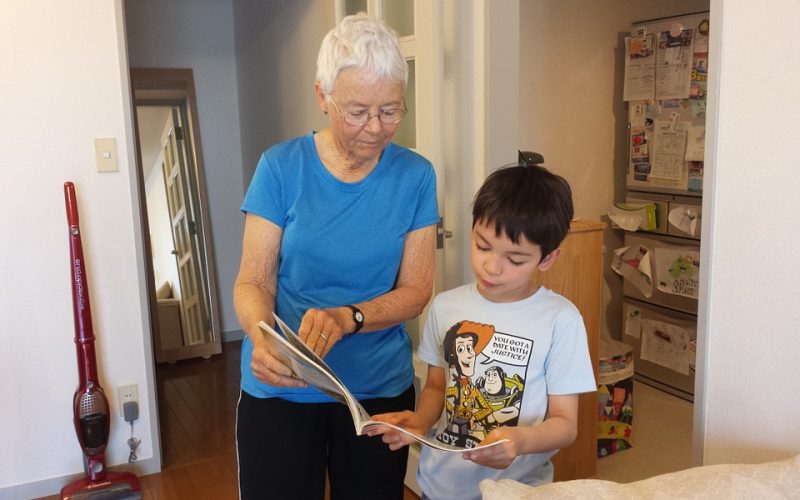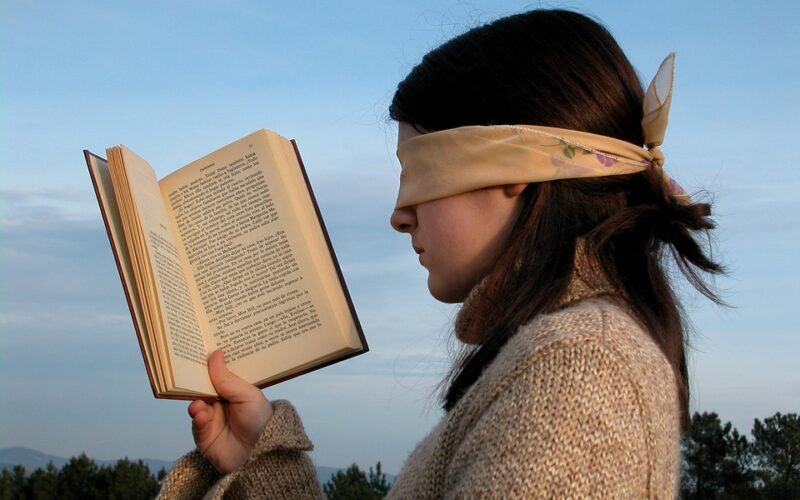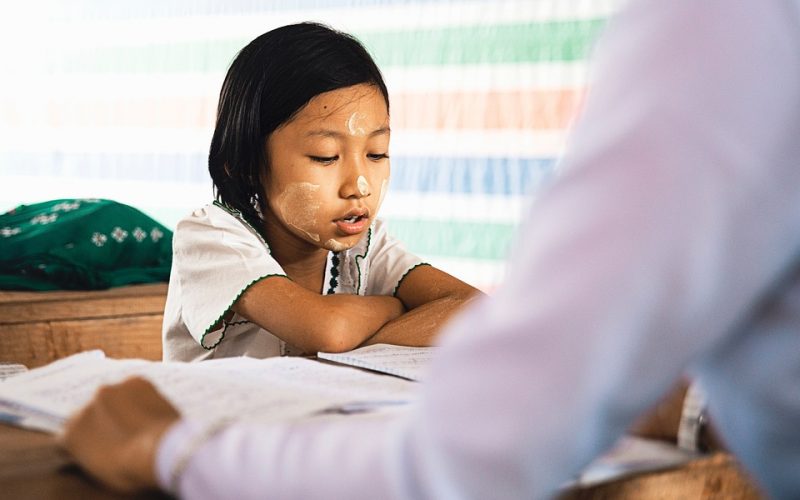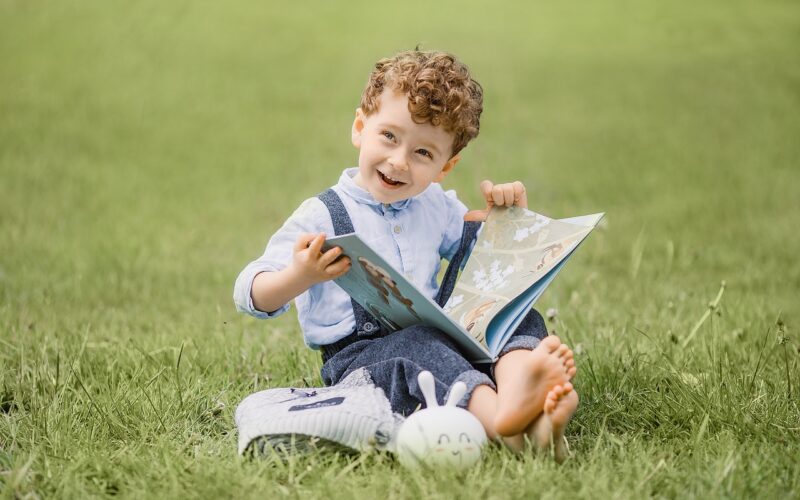The Process of Learning to Read
The majority of children across the world begin reading at an early age, and it begins with learning their letters. Each letter, no matter the language, has its own sound and meaning. Some of them are vowels, others are consonants, and they group together to form words. Children must first learn how to recognize and sound out each letter before they can progress to words, so there is a definitive process when it comes to learning how to read.
A child who has managed to learn all their letters is able to progress to simple words, and they are often taught to sound them out by focusing on one letter at a time. This can be considered speaking phonetically, but the child will not actually be able to read the word until they understand how all the letters sound as a group. Phonetics were heavily used in the past, but it was found that relying solely on them diverted attention from learning to read, and spell correctly, all the words available in a language.
Once children learn to sound out individual letters to sound out words, they will become more familiar with words they see on a regular basis. This is the true beginning of reading because the child will become comfortable with the concept of complete words as they exist by themselves. It allows the child the ability to read faster, and there is less hesitation before they understand what they are looking at as they decipher a sentence.
Reading short sentences on a regular basis gives a child a chance to begin the last phase of learning to read. They become familiar with many words, and they begin to find it fast and easy to sound out new words. Complexity can be introduced in sentences, paragraphs and whole pages to read as soon as they become proficient at the third level.






